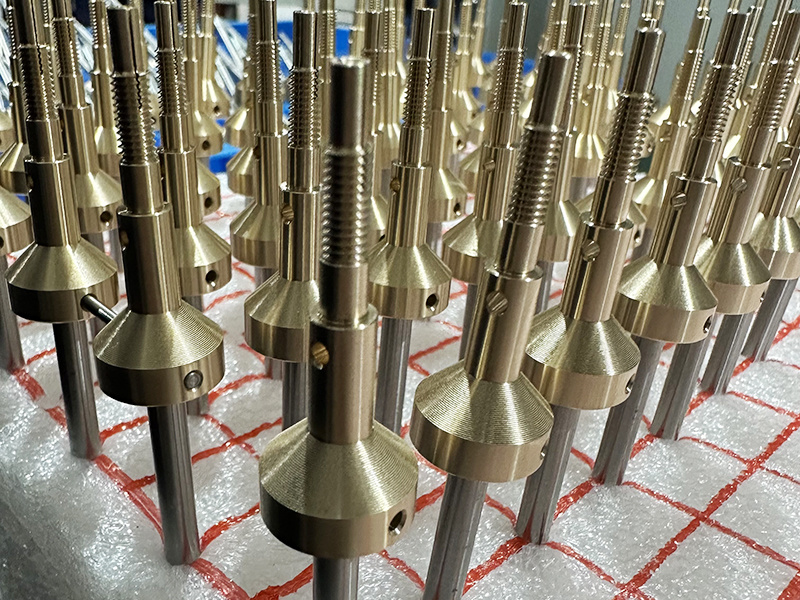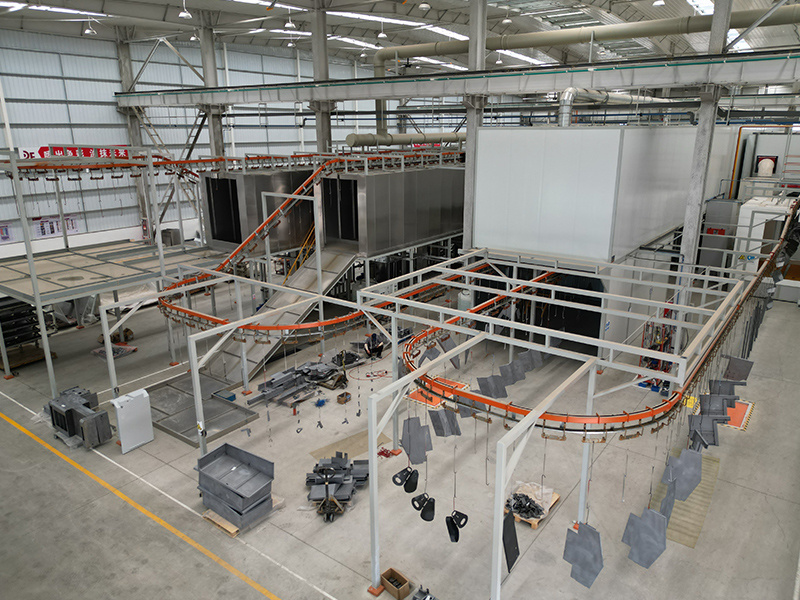What are the characteristics of precision CNC sheet metal processing technology?
Release Time:
Jul 24,2023
The characteristics of precision CNC sheet metal processing technology can be summarized as follows: high processing accuracy, high degree of automation, high speed, simple and convenient operation, and high efficiency. Specifically described as follows:
The characteristics of precision CNC sheet metal processing technology can be summarized as follows: high processing accuracy, high degree of automation, high speed, simple and convenient operation, and high efficiency. Specifically described as follows:
1, precision CNC sheet metal processing of high power density: the workpiece absorbs the rapid warming of sheet metal processing, and melting or evaporation. Even materials with high melting point, high hardness and brittleness (such as ceramics and diamond) can be processed by sheet metal processing;
2, sheet metal processing beam is easy to control: easy to combine with precision machinery, precision measurement technology and electronic computers to achieve high automation and high processing accuracy;
3, sheet metal processing is convenient and flexible: robots can be in harsh environments or other people are difficult to access places for sheet metal processing.
4, precision CNC sheet metal processing wide range of applications: sheet metal processing beam divergence angle can be less than 1 milliradian, spot diameter can be as small as microns, the role of time can be as short as nanoseconds and picoseconds. At the same time, the continuous output power of high-power sheet metal processing can reach the order of kilowatts to ten kilowatts. Therefore, sheet metal processing is suitable for both precision CNC sheet metal processing and micromachining, as well as large-scale material processing.
In modern machine manufacturing, methods of joining two or more parts or components together include bolting, riveting, bonding and welding. The first two types of connections are mechanical and removable. Whereas welding is achieved by bonding between the atoms of two objects which forms a permanent bond and cannot be dismantled after joining. The connection method chosen in practice should be considered for its reliability and economy. One should also familiarize himself with the characteristics of various joining methods. Welding:
There are many welding methods used in industrial production, according to the characteristics of the welding process can be divided into three categories.
1, fusion welding: the common feature of this welding method is that the joints of the weldments are heated to a molten state by localized heating, and then fused to each other, and then combined with each other after condensation. Ordinary arc welding and gas welding belongs to this category.
2, pressure welding: the common characteristic of this welding method is that, in the welding process, regardless of whether the welding is heated or not, a certain amount of pressure will be applied, so that the two joint surfaces are in close contact with each other, and to promote the production of inter-atomic nodules, so that the two weldments to obtain a strong connection between them. Resistance welding and friction welding belong to this category.
3, brazing: similar to fusion welding, can also get a solid connection, but there is a fundamental difference between the two. The method uses the melting point of the solder below the solder with the solder heated to melt the solder, but the solder itself does not melt. Liquid solder is used to wet the solder, fill the joint gap, and diffuse with the solder to achieve a bond with the solid metal to be welded, which is interconnected after condensation. Examples include soldering and brazing.
Compared with the riveting method, the welding method has the following characteristics:
(1) Material saving, light weight of the production structure, and rational structural design;
(2) Strong structural integrity and good sealing performance;
What equipment is needed for precision CNC sheet metal processing?
Precision sheet metal equipment is basically CNC punching machines, bending machines, plate cutting machines, slotting machines and laser cutting machines. If you look at the name of the equipment, you should know what it is used for. If the price is high, there is a big difference between domestic and foreign products. You can inquire about the specific price. A laser cutter is essential. This equipment can control the quality of your products very well.
The surface treatment methods of Precision CNC Sheet Metal Processing are commonly used:
1, galvanized;
2, Chrome plating;
3, Painting;
4, Electrostatic powder coating.
Key words:









